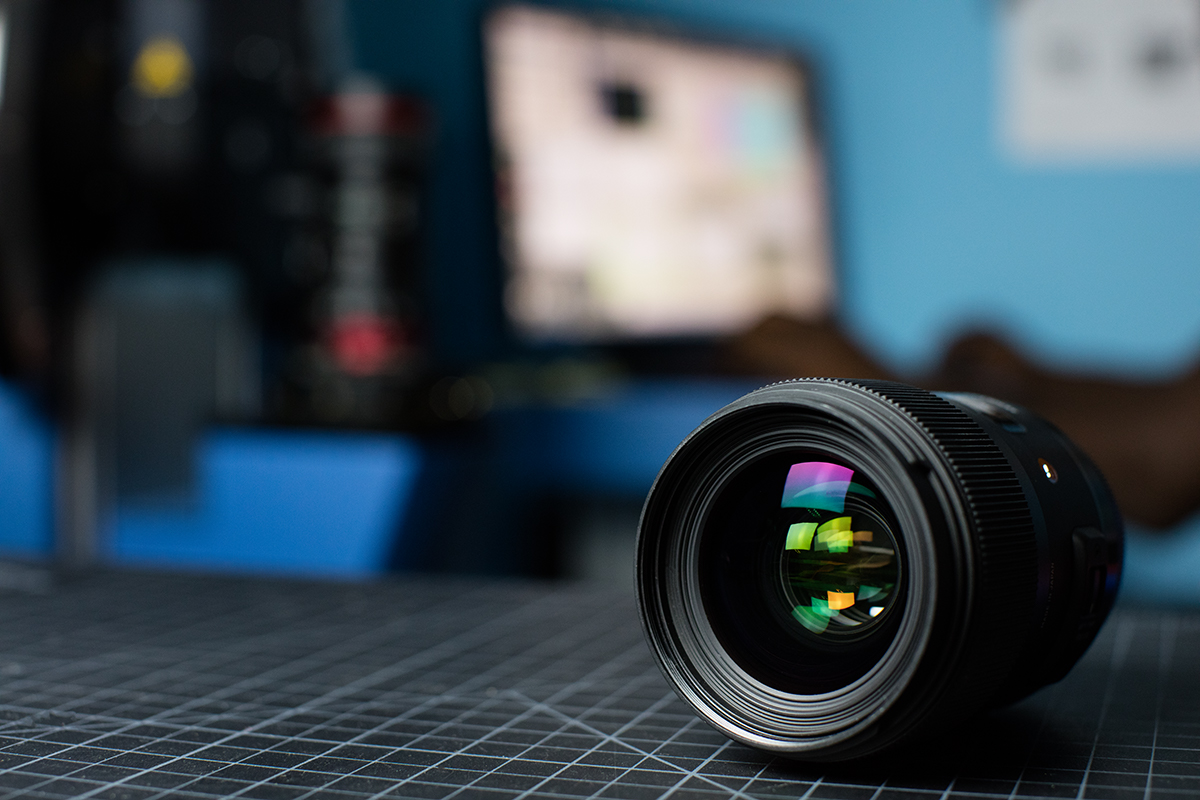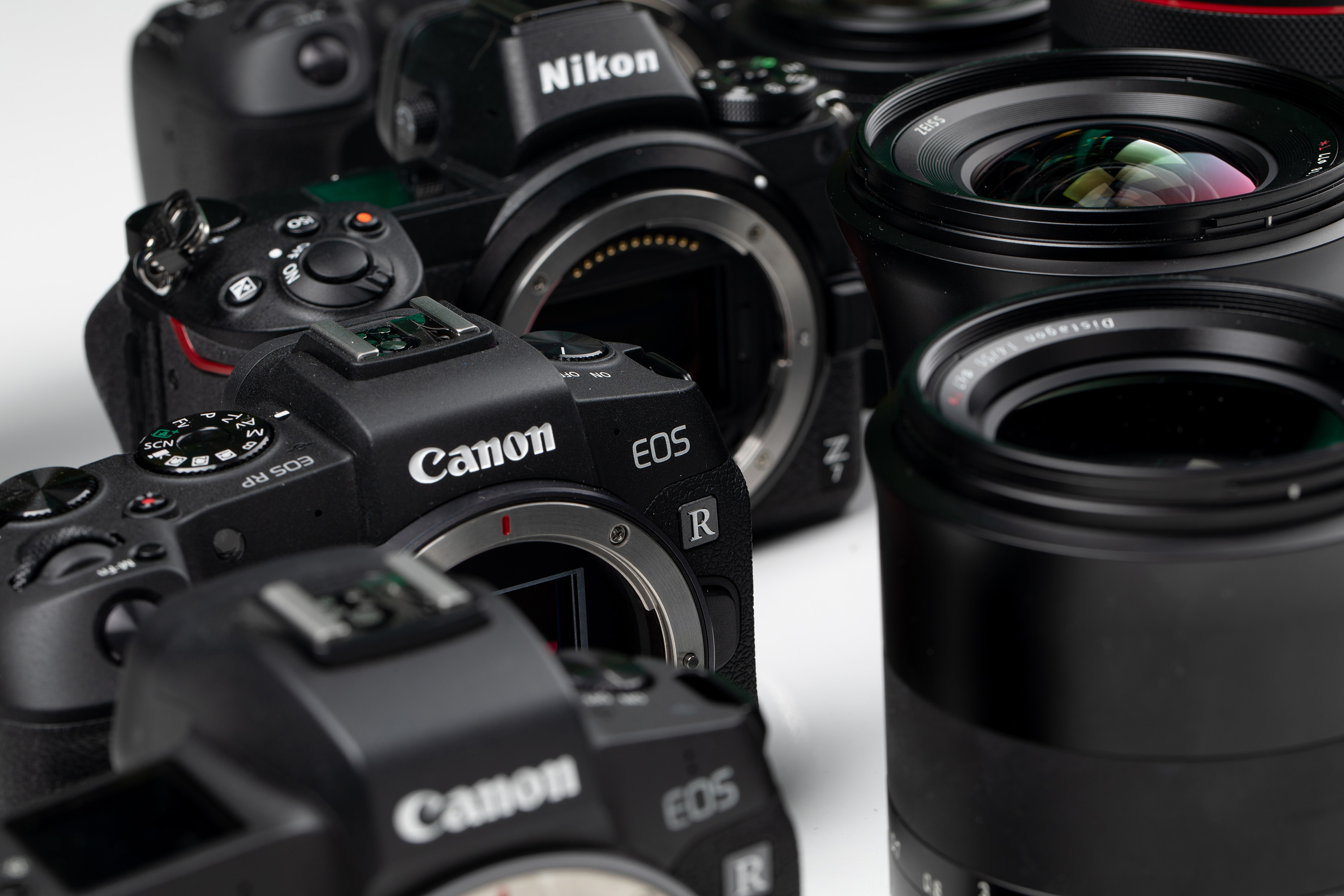I agree completely. But I also think that, as usual on a gear forum, people had totally unreasonable expectations. As many who have used pixel shift on other brand's cameras have mentioned, uses are extremely limited. Plus, other brands go no higher than about 200 mp. Anyone who has gone up to a higher MP camera (even from 24 to 45) knows that pixel peeping will show you worse results. Yet, that's what many if not most folks are doing to compare the 400 MP images to the 45 MP. I did some experimenting this morning. I am not surprised by my results. 400MP is better than 45 if I use a wide angle lens on distant subjects. Using my 24-105 L, at 24mm, viewed at 100% for the 400MP image and 300% for the 45MP image (same size on screen), 400MP gives me a bit more resolution. At 50mm, 400MP still better resolution. At 105 - 45MP better as the 400MP image now pixelated at 100%. Using a zoom lens, the RF 100-400, 400MP is no better and usually worse at 100%. Conclusion based on very limited shooting (but it makes sense), 400 mp shots are for distant subjects shot with standard and wide angle lenses. From what I recall, these are the types of shots that Olympus users often use pixel shift for - cityscapes mainly. The firmware (not surprisingly) is all the rage on the facebook groups. From what I saw in limited browsing, people shooting distant panoramas were happy, other not so much. Cropping is limited, you probably want to use 400MP if you are not going to crop or crop minimally. Again, this is all based on limited testing and your - or others - results may differ. I used a simple tripod (not heavy-weight) and the 10 second delay (2 seconds will not likely be enough).


